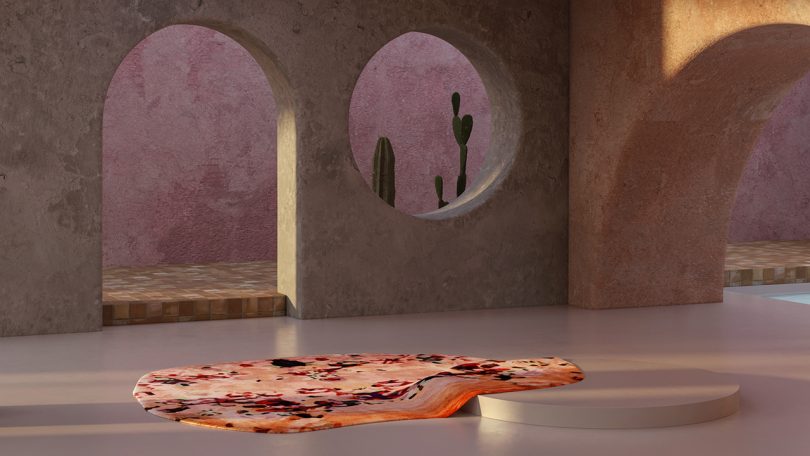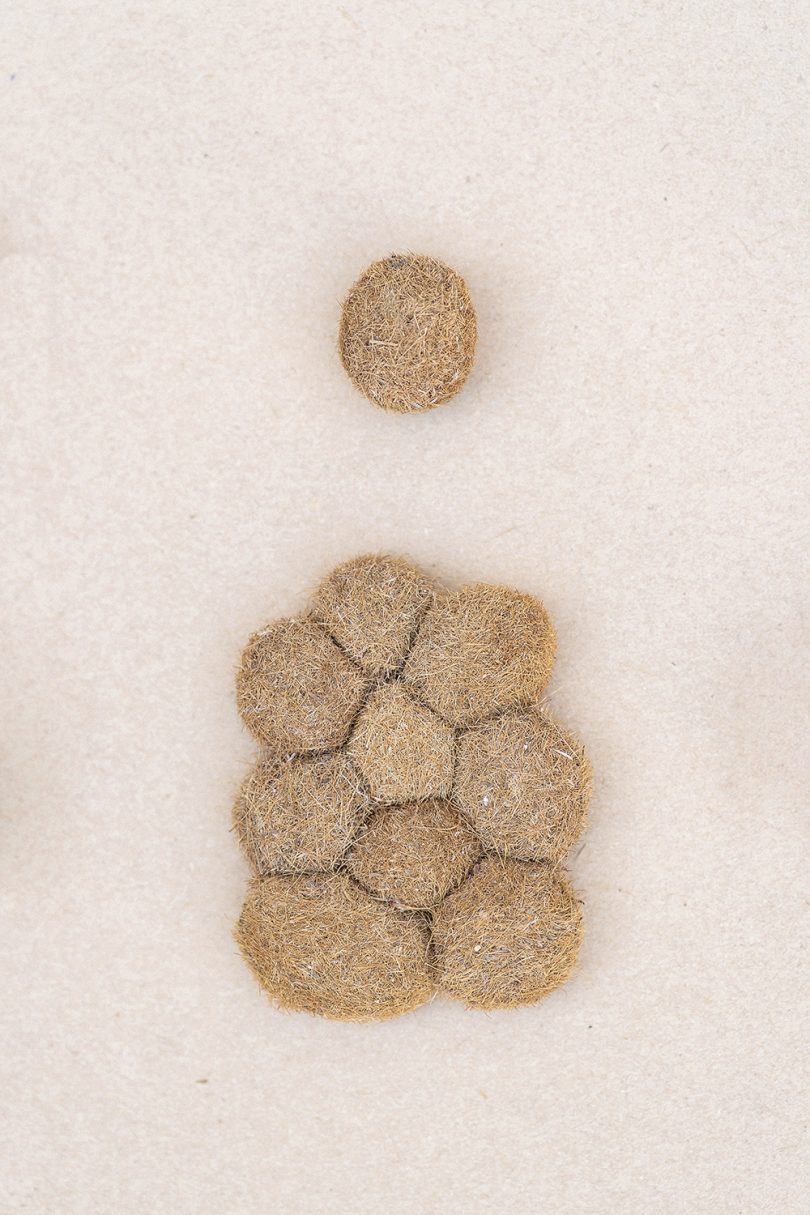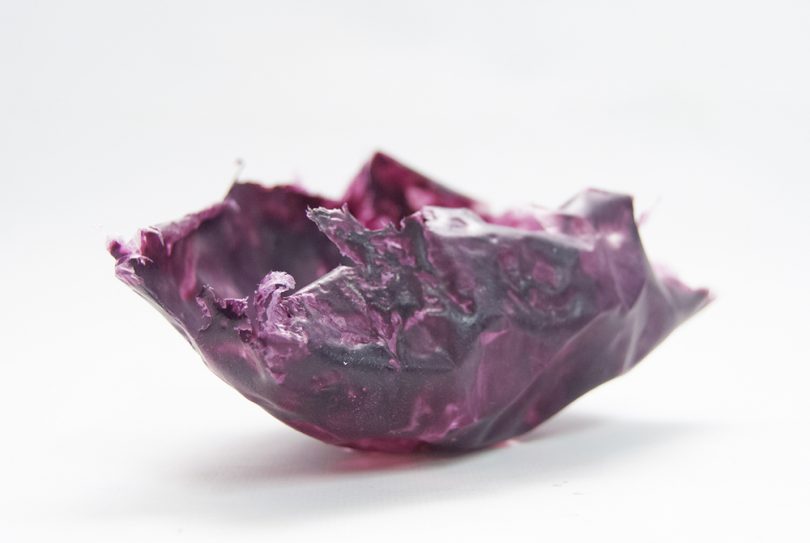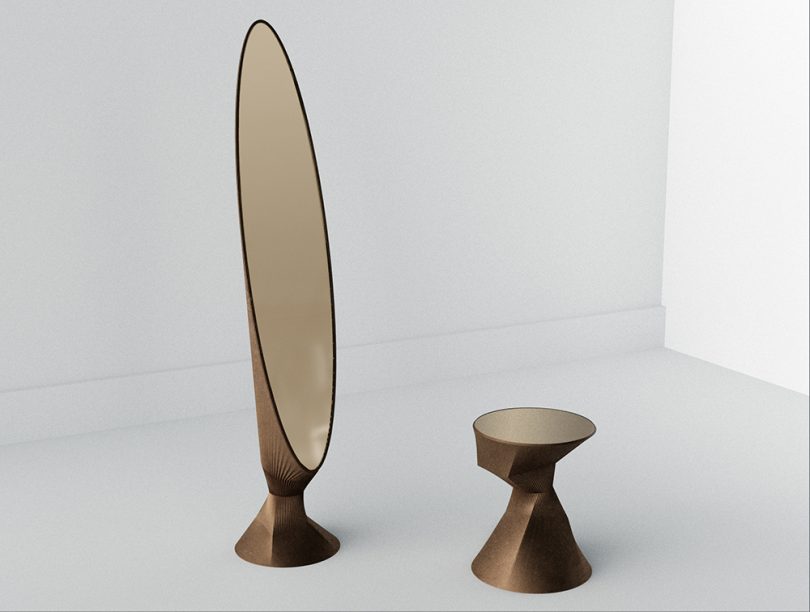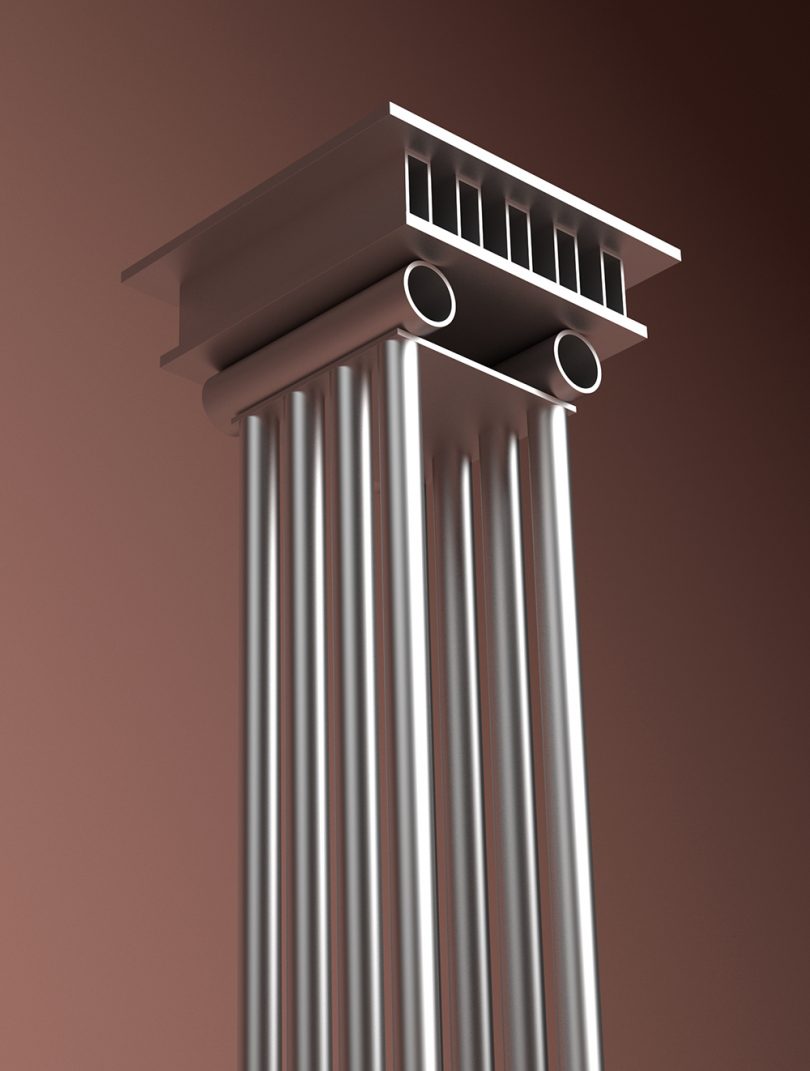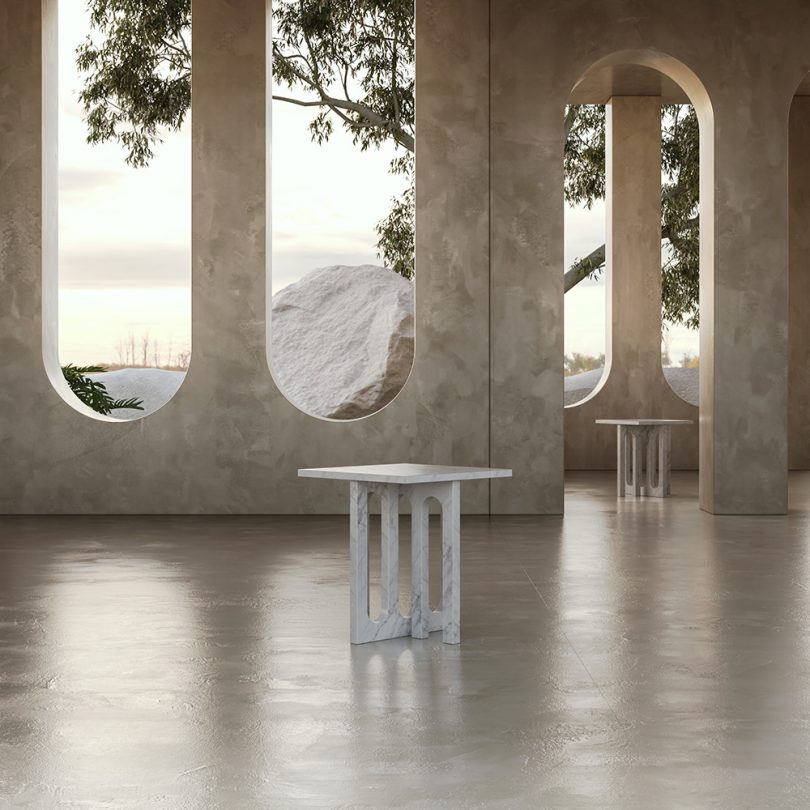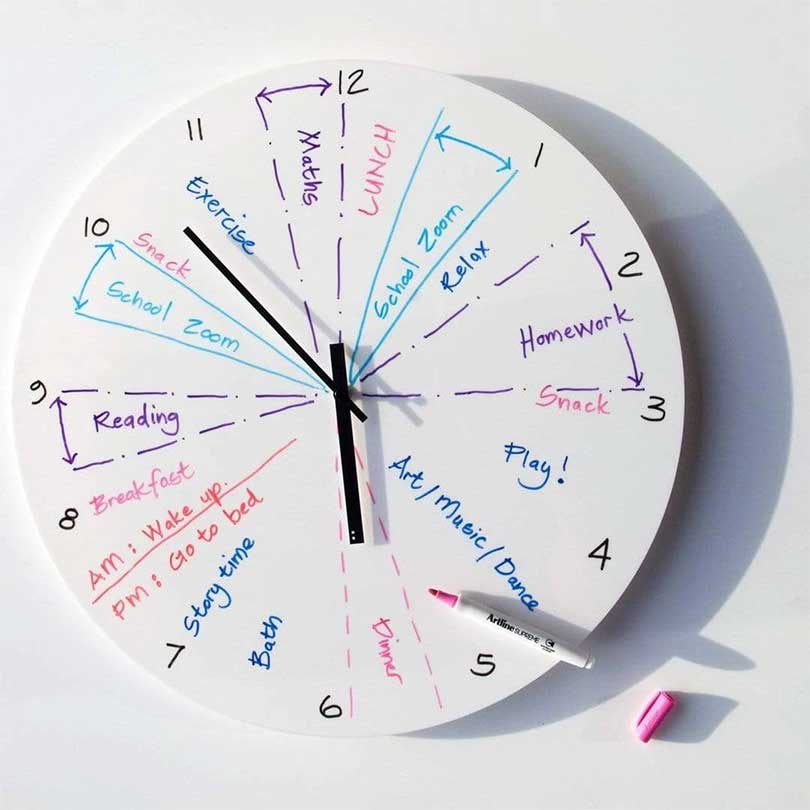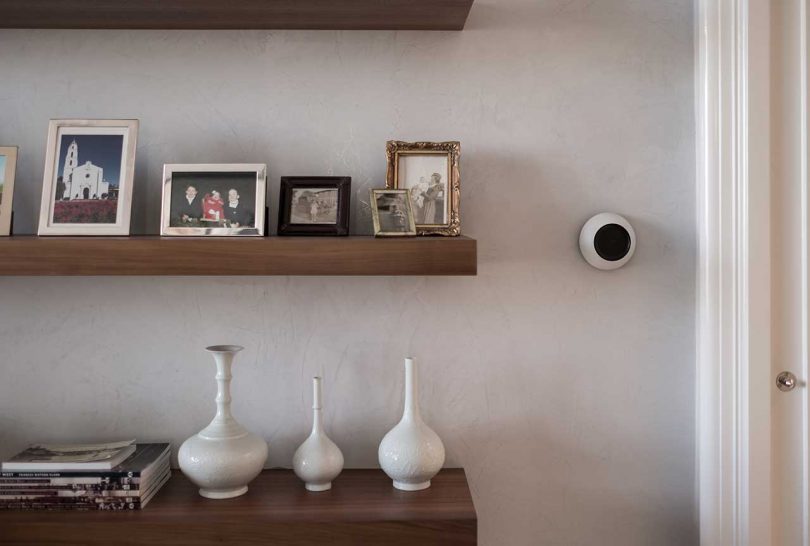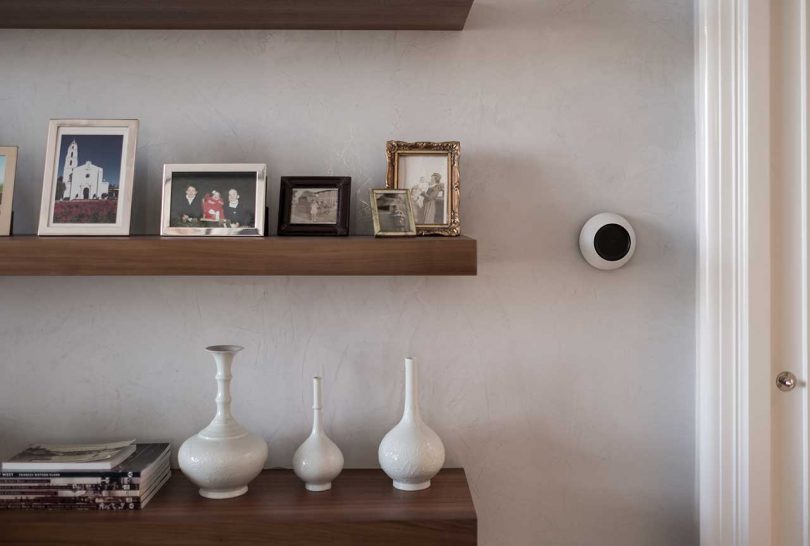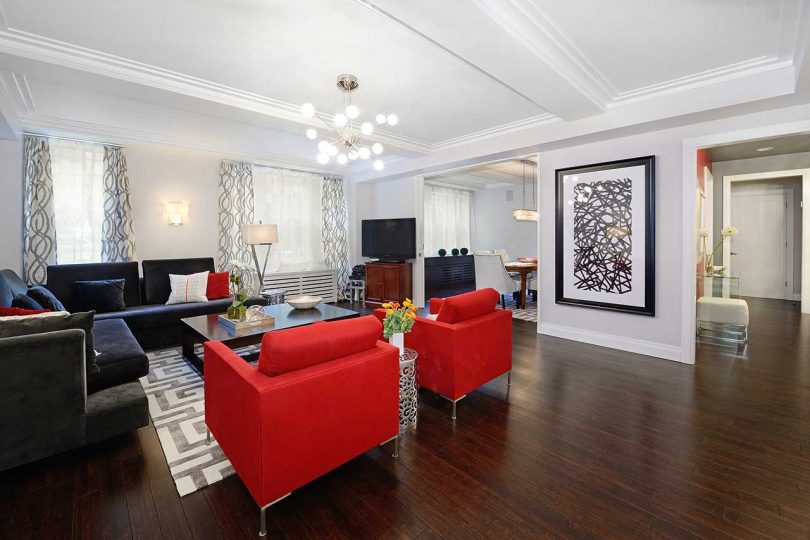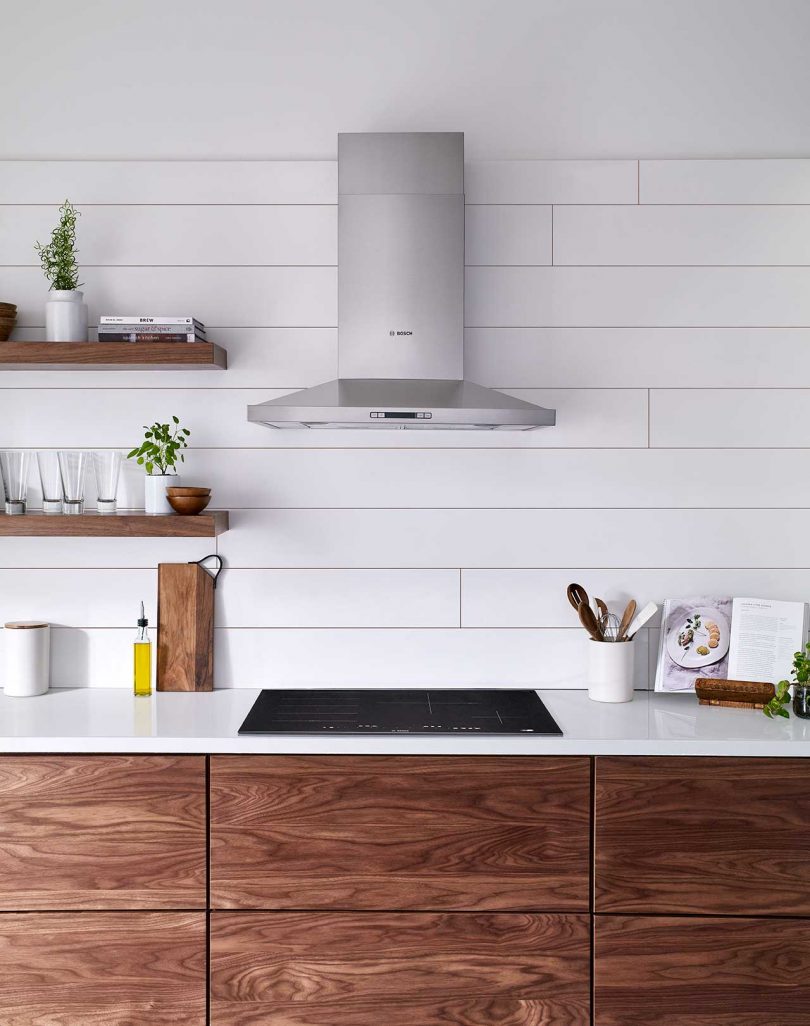Dutch Design Week 2020 wrapped up on the 25th of October, with Isola Design District having a marvelous nine days of exhibitions. The digital event received great feedback from designers and design professionals alike, so much so that it will be kept online throughout the end of the year! More people will now have the opportunity to explore the creativity on show virtually, as we navigate the uncertain times and restrictions of 2020.
We want to share a handful of designers who haven’t shown at DDW prior, but whose work made real marks on the industry. During Isola’s two exhibitions – Materialized and Isola Design Gallery – Studio Grama, Studio Joachim-Morineau, Rive Rhoshan, Maria Pita Guerreiro and Carolina Giorgiani received an array of positive attention. Materialized covered bio materials and sustainable design, while Isola Design Gallery showcased collectible and bespoke pieces.
Andrés Ramirez Ruiz from Studio Grama experimented with an organic material similar to algae, Posidonia. This Mediterranean plant creates natural fiber balls considered as waste, but which were instead enhanced to create something textural and stunning.
Carolina Giorgiani made butt_er for her Butts Ocean project. butt_er is a fabricated material that gives new life to cigarette butts that can be found on beaches and in oceans all over the world.
Using Mycelium Millennium, Maria Pita Guerreiro imagined a new era in which biological resources, specifically Fungi and Mycelium. These materials can be used to grow a collection of everyday objects that bring together biofabrication and craft.
Rive Roshan takes sculpting to the next level with a Bronze Edition of their 3D-printed Sand in Motion Collection that’s made with 98% Bavarian sand. The sand itself is a nod to the origins of techniques used for bronze casted sculptures.
Limited furniture collection Archetypes, by Studio Joachim-Morineau, brings ancient architecture archetypes together with industrial materials for a fresh take on an age-old practice.
When taking advantage of the virtual viewing opportunity, visitors will have the chance to get to know the designers through personal profiles and having a direct conversation using the messaging tool. A 3D environment can be navigated to explore some of the products from Isola Design District’s exhibitions, you can even make a purchase. This DDW experience is a preview of what will be presented next April in Milan, an imaginary desert designed by Notoo Studio and developed by 3DD Factory.
In just one year, Isola’s presence as a design platform in The Netherlands has improved by leaps and bounds. There are even plans to open an office in Eindhoven at the beginning of the coming year. But Isola will continue to grow their presence beyond, including the launch of ten minute clips for their Design Studio Visits series. Among those featured are Dutch design studios Atelier LVDW, Plasticiet and Studio Verbaan. Another new way to promote work online will be 3D virtual spaces created in collaboration with 3DD Factory, which Isola experimented with during DDW20 for Studio Noun.
Check out even more innovative designs by emerging designers + studios at isola.events/ddw20.
from WordPress https://connorrenwickblog.wordpress.com/2020/10/30/isola-design-district-makes-their-ddw20-experience-virtual/
